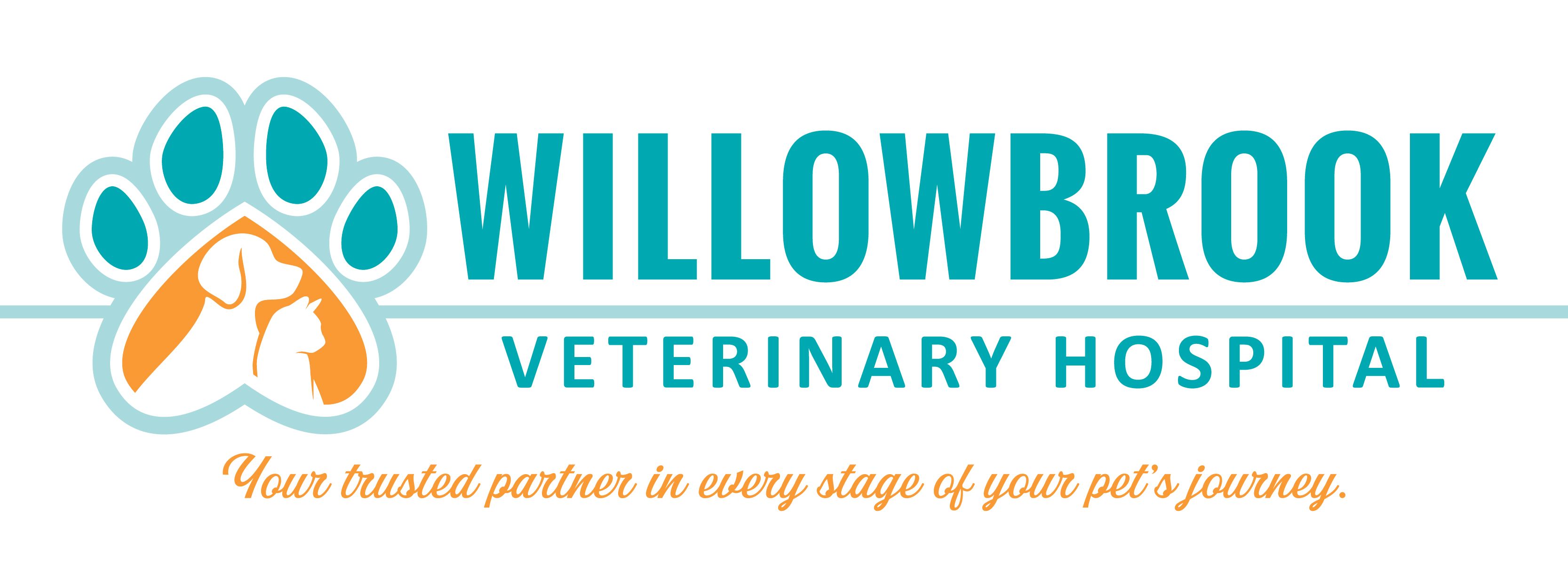Cat Anesthesia at Willowbrook Veterinary Hospital
Anesthesia is a common and necessary part of veterinary medicine, ensuring your cat remains comfortable and pain-free during medical procedures. At Willowbrook Veterinary Hospital, we take every precaution to make anesthesia as safe as possible for your feline companion. Here’s everything you need to know about anesthesia for cats, including safety, preparation, recovery, and more.
What Is Anesthesia, and Why Is It Necessary for My Cat?
Anesthesia is a controlled state of unconsciousness that allows veterinarians to perform medical procedures without causing pain or distress. It is used for surgeries, dental cleanings, and diagnostic imaging that require your cat to remain still and relaxed.
What Types of Procedures Require Anesthesia for Cats?
Cats may require anesthesia for various reasons, including:
- Surgical procedures (spay/neuter, tumor removal, wound repair)
- Dental cleanings and extractions
- Diagnostic imaging (X-rays, CT scans, MRIs)
- Biopsies and minor procedures requiring complete stillness
Is Anesthesia Safe for Cats?
Modern veterinary anesthesia is very safe, especially when proper protocols are followed. At Willowbrook, we tailor each anesthesia plan to your cat’s specific needs, considering their age, health, and medical history.
Can Anesthesia Affect My Cat’s Long-Term Health?
For most cats, anesthesia does not have long-term health effects. However, in rare cases, underlying conditions may cause complications. That’s why pre-anesthetic evaluations are essential.
How Is the Appropriate Type and Dosage of Anesthesia Determined?
Before anesthesia, we perform a comprehensive assessment, including:
- Physical exam to check overall health
- Pre-anesthetic bloodwork to evaluate organ function
- Tailored anesthesia protocol based on age, breed, weight, and medical history
These precautions help us choose the safest anesthesia type and dosage for your cat.
Cat Sedation vs. General Anesthesia: What’s the Difference?
- Sedation – A mild to moderate relaxation state where the cat is awake but calm. Used for minor procedures like X-rays or wound care.
- General anesthesia – A deeper unconscious state where the cat is fully asleep and unable to feel pain. Used for surgery and more complex procedures.
What Are the Risks and Potential Long-Term Side Effects of Anesthesia in Cats?
While anesthesia is generally safe, risks can include:
- Temporary grogginess or disorientation
- Mild nausea or vomiting
- Low blood pressure or slowed breathing (rare and closely monitored)
- Liver or kidney stress in cats with pre-existing conditions
- Serious complications are rare but more likely in elderly or medically fragile cats.
How to Prepare Your Cat for Anesthesia
To ensure a smooth anesthesia experience, follow these steps:
- Fasting: No food for 8-12 hours before the procedure (water is usually allowed).
- Medications: Discuss with your vet if your cat takes daily medications.
- Comfortable Transport: Bring your cat in a secure carrier with a familiar blanket or toy.
What Happens During the Anesthesia Process?
- Pre-anesthetic exam and bloodwork
- Administration of pre-medication to relax your cat
- Placement of an IV catheter for fluids and emergency access
- Induction of anesthesia with a safe anesthetic agent
- Continuous monitoring by our trained veterinary team
- Completion of the procedure and gradual recovery
How Is My Cat Monitored While Under Anesthesia?
Your cat’s vital signs are closely monitored, including:
- Heart rate and rhythm (ECG monitoring)
- Blood pressure
- Oxygen levels, carbon dioxide levels, and breathing
- Body temperature (to prevent hypothermia)
Our team ensures your cat stays stable and comfortable throughout the procedure.
Cat Anesthesia Recovery: What to Expect
How Long Does It Take for a Cat to Recover from Anesthesia?
Most cats wake up within 15-30 minutes after the procedure, but full recovery can take 12-24
hours.
What Should I Expect After My Cat Wakes Up?
• Mild grogginess or confusion
• Unsteady walking for a few hours
• Slightly dilated pupils (normal reaction to anesthesia)
• Less interest in food or water for the first few hours
Post-Anesthesia Care: Helping Your Cat Recover Comfortably
• Keep them in a quiet, warm, and dimly lit room.
• Offer small amounts of water first, then food.
• Avoid jumping or strenuous activity for 24 hours.
• Monitor for unusual symptoms (see below).
Signs of Complications to Watch For
Call us immediately if you notice:
• Excessive lethargy or unresponsiveness
• Repeated vomiting
• Difficulty breathing
• Pale gums or abnormal heart rate
• Signs of pain (whining, hiding, reluctance to move)
Will Anesthesia Affect My Cat’s Behavior?
Temporary behavioral changes can occur, including:
• Slightly increased sleepiness
• Mild confusion or clinginess
• Temporary lack of coordination
These effects usually resolve within a day.
What If My Cat Refuses to Eat or Drink After Anesthesia?
It’s normal for appetite to be reduced for a few hours. However, if your cat refuses to eat for more than 24 hours, call us. You can try offering:
• Warm, soft food
• A little bit of tuna water
• Hand-feeding small amounts
Are There Alternatives to Traditional Anesthesia for Certain Procedures?
For some minor procedures, local anesthesia or sedation may be an option. However, general anesthesia is necessary for surgeries and dental work.
Anesthesia for Senior or High-Risk Cats
Older cats and those with health conditions require extra precautions, such as:
• Additional bloodwork and imaging before anesthesia
• Lower-risk anesthetic agents tailored for their condition
• Longer monitoring after the procedure
We will discuss any concerns specific to your cat before moving forward.
What Should I Discuss with My Vet Before My Cat Undergoes Anesthesia?
• Medical history and pre-existing conditions
• Any medications your cat is taking
• Fasting instructions and pre-surgical care
• Post-anesthesia recovery plan
If you have questions, we would love to answer them for you. Please give us a call at the office at (503) 968-2911, or you can email us at [email protected]. Our staff would love to talk with you!
